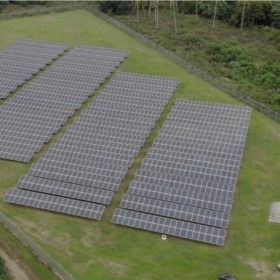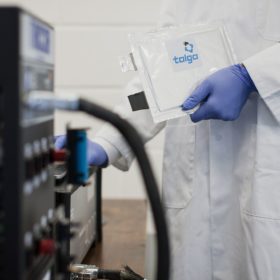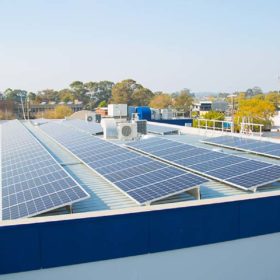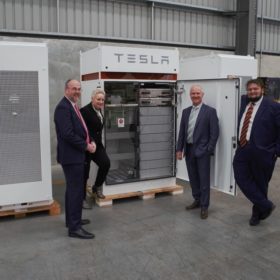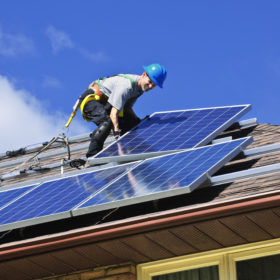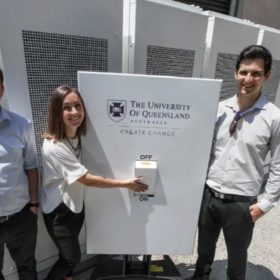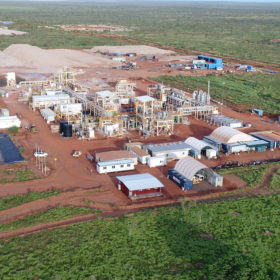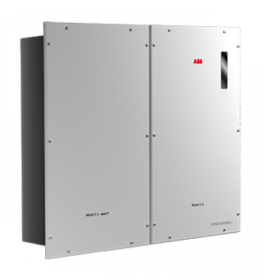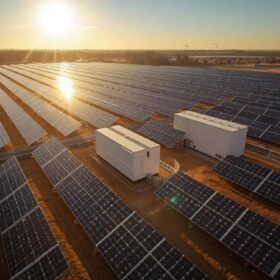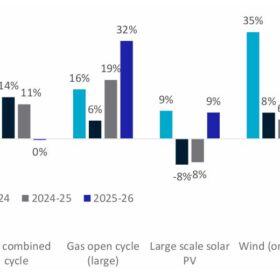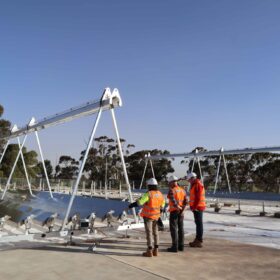Australia tops up solar funding to Tonga
An additional $2.9 million from the Australian Government’s Outer Islands Renewable Energy Project (OIREP) is making its way across the sea to the kingdom of Tonga in the form of solar power plants and energy storage. The project is helping Tonga to achieve its target of generating 50% of its electricity from renewable sources by 2020 and 70% by 2030.
Extreme weather and electricity reliability: Resilience is key
New research by digital services company, Accenture, finds global energy-utility executives feeling underprepared for the increasing frequency of extreme weather events caused by climate change. It’s time to expand the definition of reliability.
Perth-based Talga strikes deal with European lithium-ion battery giant
Perth-based graphite anode producer Talga has allied itself with European lithium-ion battery giant Farasis Energy Group as the market in Europe for sustainably sourced electric vehicles continues its rapid rise.
ACT fast-tracks solar upgrades for public housing, batteries for schools
The ACT Government has allocated funding to undertake solar and sustainability upgrades on public and community housing and install solar batteries for two public schools as part of its fast-tracked infrastructure projects to support the local economy.
Goldfields-Esperance gets its first community battery
Kalgoorlie-Boulder, in the Goldfields-Esperance region of Western Australia (WA), is set to receive the region’s first community battery. The WA Government-owned utility Western Power is looking to smooth out peak load periods by integrating the Tesla battery into the network.
BayWa and GSES partner up to skill up the solar industry
Solar wholesaler BayWa r.e. is partnering with industry trainer Global Sustainable Energy Solutions (GSES) on training provision seeking to ameliorate a noticeable lack of quality control within the rapidly growing solar industry.
UQ’s Tesla battery is paying for itself
The University of Queensland has released a performance report on the Tesla Powerpack it installed in December 2019. Across a range of revenue streams, the Powerpack is already earning the university some serious cash.
Metal guru! Soluna batteries hit the Australian market with a twist
Soluna Australia brings high-quality Chinese-made DLG batteries to the Australian residential, commercial and off-grid markets, but the trade isn’t one way: Australian-developed recycling technology will result in high-grade recycled cathode powders from batteries used in Australia being reincorporated in DLG manufacturing.
Solar shopping in the Sunshine State
Topping off a big week for solar in Queensland, Premier Palaszczuk announced the partnership between Energy Queensland owned Yurika and the Queensland Investment Corporation which will see 15 MW of solar installed across five shopping centres.
Fimer’s React 2 added to SA Home Battery Scheme
The offer under the South Australian government’s Home Battery Scheme has been expanded with the addition of Fimer’s residential energy storage solution.
